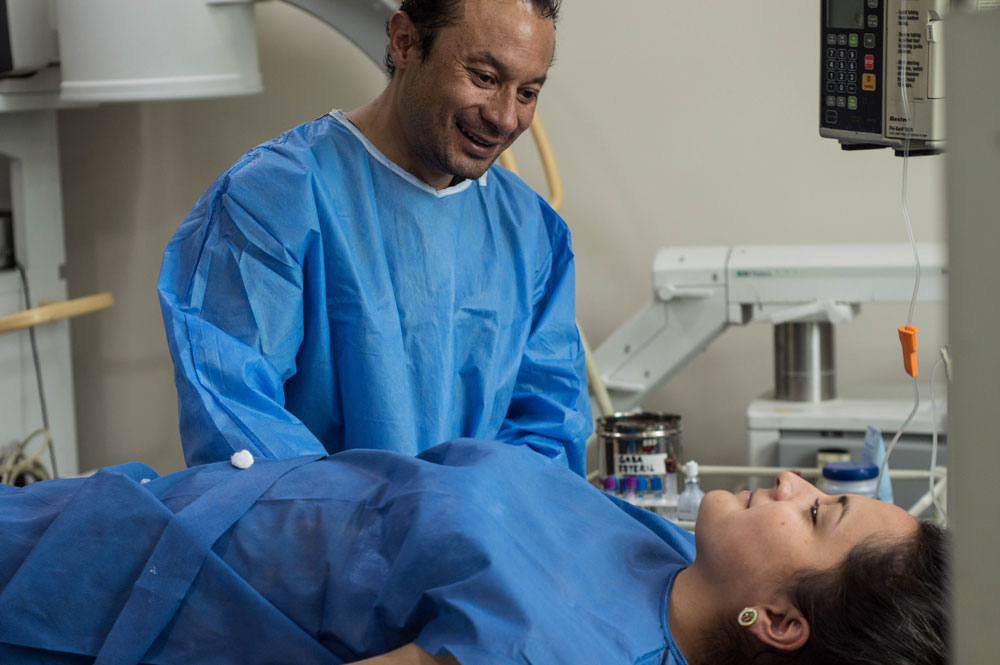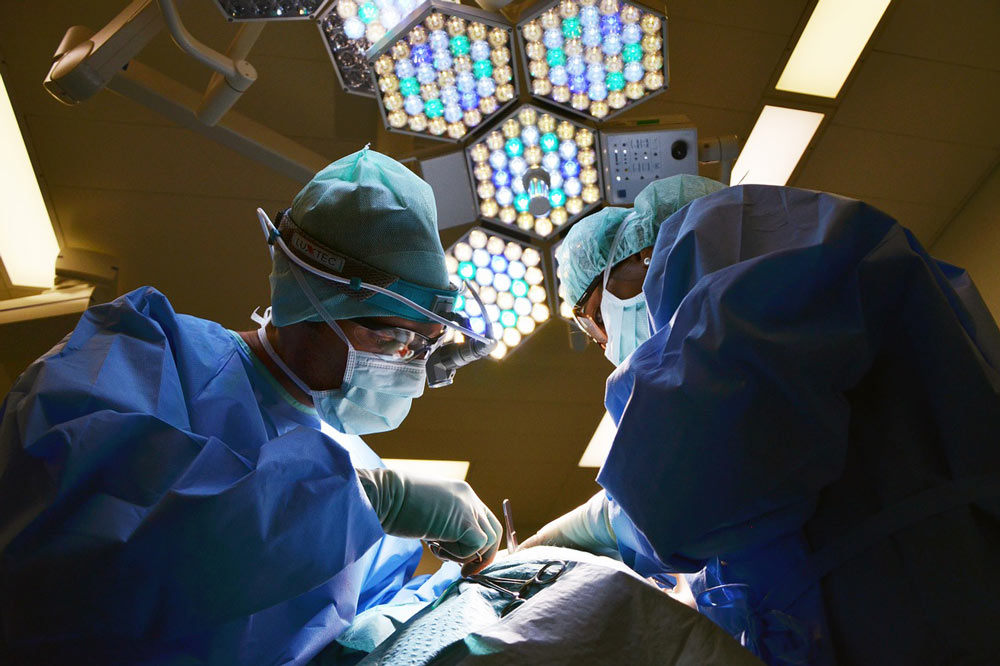Birth trauma can be an agonising experience for families, and when these injuries result from medical negligence, the impact can be even more devastating. Despite technological and medical advancements, a 2022 study found that a third of mothers suffer from birth trauma during childbirth. In New South Wales (NSW), families affected by birth trauma due to medical negligence have the right to seek compensation. This article focuses on birth trauma caused by medical negligence, providing a detailed overview of the key concepts, legal processes, and critical considerations for affected families.
If you or someone you love suffers from birth trauma, don’t hesitate to consult with one of our experienced Medical Negligence Lawyers Parramatta or Medical Negligence Lawyers Cabramatta today.
What Constitutes a Birth Trauma Due to Medical Negligence?
Birth trauma refers to severe physical or psychological injuries sustained during childbirth that have a lasting impact on the mother or the baby. This trauma can stem from a range of factors, including medical negligence and distressing experiences during labour and delivery.
In NSW, birth trauma compensation claims based on medical negligence fall under the Civil Liability Act 2002. However, to succeed in a claim, the claimant must establish the following elements:
- Duty of Care: Healthcare providers, like doctors and midwives, are responsible for giving reasonable and expected care during childbirth.
- Breach of Duty: This happens when the healthcare provider doesn’t meet the expected care standards, such as making mistakes in judgment or not properly monitoring the baby.
- Causation: It must be shown that the breach directly caused the birth injury, clearly linking the provider’s actions or lack of action to the harm done.
- Damages: The injury must result in measurable damages, such as medical expenses, ongoing care costs, pain and suffering, or loss of income.
Obstetric Violence
During childbirth, women may also experience obstetric violence, which refers to harmful practices during labour and delivery, such as unnecessary medical interventions, dehumanising treatment, and verbal abuse. This can lead to significant consequences, including birth trauma, postnatal depression, and Post-Traumatic Stress Disorder (PTSD). Unfortunately, according to a Western Sydney University study, around 11% of Australian women feel they have experienced this form of abuse.
If you or someone you love has experienced obstetric violence, our Medical Negligence Lawyers are ready to listen to you.
Examples of Birth Trauma
Medical negligence during childbirth can take many forms, each with potentially severe consequences. Some examples include:
Injuries to the baby
- Cerebral Palsy: A neurological disorder caused by brain damage during or shortly after birth, leading to impaired movement and coordination.
- Brachial Plexus Injuries: Damage to the nerves controlling the arms and hands, often resulting in weakness or paralysis.
- Hypoxic-Ischemic Encephalopathy (HIE): Brain damage caused by a lack of oxygen during birth, potentially leading to cognitive and physical disabilities.
- Fractures: Broken bones, particularly in the collarbone, which can occur during difficult deliveries.
Injuries to the mother
- Perineal Tears: Severe tears can happen due to poor delivery techniques or not performing an episiotomy (a surgical cut made between the vagina and anus to help with childbirth), leading to long-term pain and incontinence.
- Uterine Rupture: A serious tear in the uterine wall during labour, often from excessive pressure or improper use of labour-inducing drugs, which can cause severe bleeding or require emergency surgery.
- Postpartum Haemorrhage (PPH): Excessive bleeding after childbirth, often due to failure in managing labour or responding to bleeding that can lead to severe blood loss and surgery.
- Anaesthesia Complications: Mistakes in giving or monitoring anaesthesia can cause breathing problems, allergic reactions, or long-term nerve damage.
- Infections: Poor sterilisation or delays in treating infections can lead to conditions like endometritis, sepsis, or infections at the site of a caesarean section.
- Organ Damage: Accidental damage to organs like the bladder or intestines during caesarean sections or complicated deliveries, often due to surgical errors or poor post-operative care.
The Role of Expert Testimony in Birth Trauma Claims
In cases of medical negligence involving birth trauma, expert testimony plays a key role. Medical experts provide independent opinions on whether the standard of care was breached and if this breach caused the injury. Their testimony is crucial in both settlement negotiations and court proceedings. Selecting the right expert with relevant medical expertise is essential, as they must clearly explain complex medical concepts. The expert’s report should thoroughly address the standard of care, breach, causation, and extent of the injury, serving as key evidence in the case.
Compensation in Birth Trauma Claims
Compensation in birth trauma claims aims to address the financial, emotional, and physical toll on the affected family. The types of compensation available include:
Economic Damages
These cover the tangible financial costs associated with the injury, such as:
- Healthcare costs: Expenses for treatment, surgery, rehabilitation, and continued care.
- Future care costs: Expenses related to long-term care, therapy, and home modifications.
- Loss of income: Compensation for lost wages if the mother cannot return to work.
Non-Economic Damages
These address the intangible effects of the injury, including:
- Pain and suffering: Compensation for the physical pain and emotional distress endured by the mother or the child, and the family.
- Loss of enjoyment of life: Compensation for the reduced quality of life resulting from the injury.
The Birth Trauma Compensation Claim Process
The process of filing a birth trauma compensation claim in NSW involves several steps:
- Initial Consultation: Start by meeting with a medical negligence lawyer to assess the claim, review medical records, gather evidence, and get advice on the chances of success.
- Evidence Collection: Collect crucial evidence like medical records, expert testimony, and witness statements to prove negligence.
- Lodging the Claim: Lodge the claim in the appropriate NSW court, usually the District or Supreme Court.
- Negotiation and Settlement: Many cases are resolved through settlement negotiations, offering a quicker and less stressful alternative to a trial.
- Court Proceedings: If no settlement is reached, the case goes to court, where a judge will decide on liability and compensation. Skilled legal representation is essential.
Statutory Time Limits for Lodging a Claim
In NSW, the statute of limitations for personal injury claims, including birth trauma, is generally three years from the date of the injury or when the injury was first discovered. However, for children, the limitation period is extended until their 21st birthday. This allows time for the full extent of the injury to become apparent and for the family to seek legal advice.
Common Challenges in Birth Trauma Claims
Birth trauma claims involving medical negligence are often complex and face several challenges:
- Proving causation: Showing a clear link between the healthcare provider’s actions and the injury can be difficult, especially with various contributing factors. Expert testimony is often key to making this connection.
- Interpreting complex medical evidence: The medical evidence in birth injury cases is often highly technical and complex. Interpreting this evidence accurately requires specialised knowledge and expertise.
How Gajic Lawyers can help
At Gajic Lawyers, we understand the complexities of birth trauma claims and the high stakes involved. Our experienced Medical Negligence Lawyers can:
- Provide a realistic assessment: We’ll start with a thorough assessment of your claim’s strengths and weaknesses, giving you a clear understanding of your case.
- Gather and organise evidence: Our team will ensure all relevant evidence is collected and presented effectively to support your claim.
- Navigate the legal process: We’ll guide you through every step of the legal process, from lodging the claim to negotiating a settlement or representing you in court.
- Negotiate with insurers: We’ll handle negotiations with insurance companies to seek a fair and just settlement on your behalf.
- Advocate for your family: We are committed to representing your family’s best interests and ensuring your rights are protected throughout the entire process.
Final Thoughts
Birth trauma resulting from medical negligence can have profound and lasting effects on both the child and the family. In NSW, families affected by such injuries have the right to seek compensation, which can provide essential financial support for ongoing care and other related expenses.
Given the complexity of birth trauma claims, seeking legal representation is essential. If you or someone you love is suffering from birth trauma, consult with one of our expert Parramatta Medical Negligence Lawyers and Cabramatta Medical Negligence Lawyers for personalised advice today. We will effectively and efficiently handle all matters related to your claim so you can focus on your own or your baby’s recovery.








